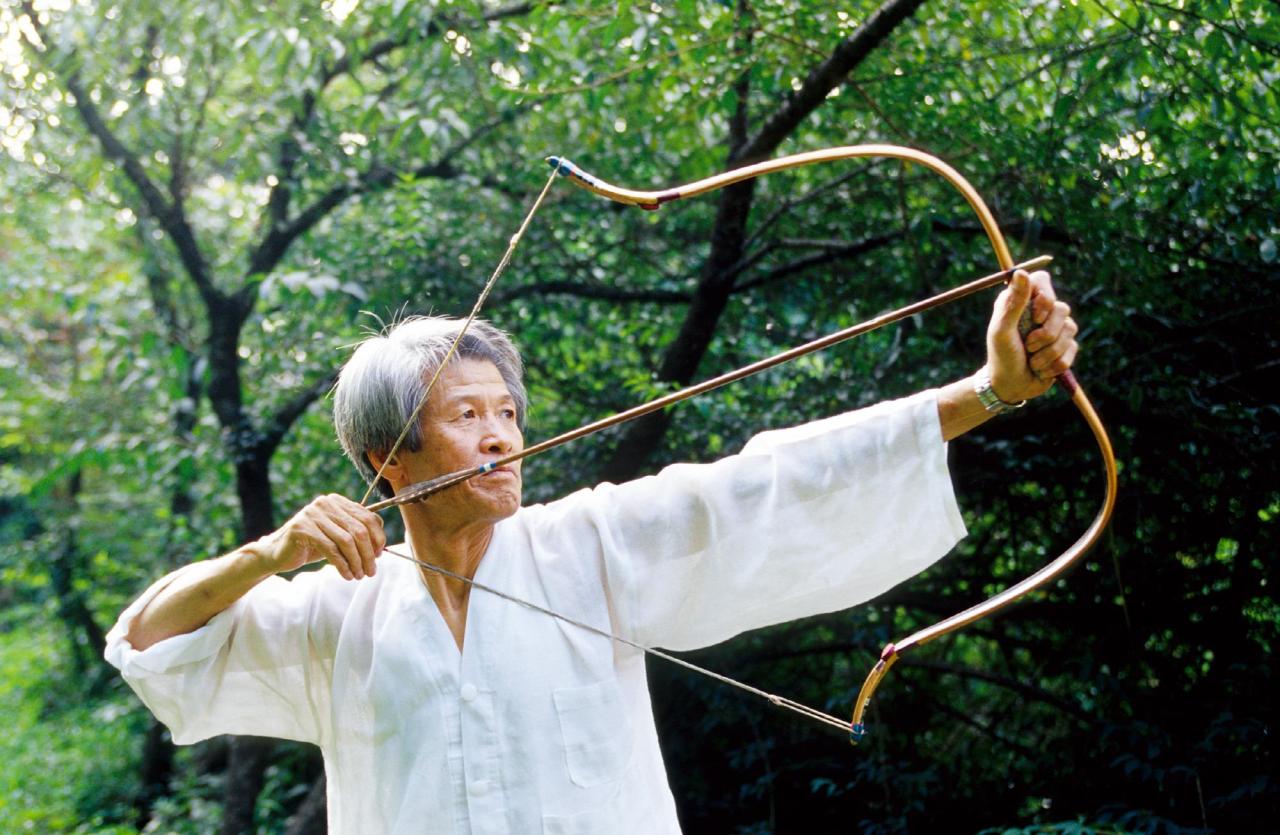 |
(Cultural Heritage Administration-Yonhap) |
The art of traditional Korean archery has been designated as a national intangible cultural heritage, the Cultural Heritage Administration (CHA) announced Thursday.
CHA said it recognized the value of "hwalssogi," or Korean traditional archery, for its significance in the history of Korean traditional martial arts.
The administration cited the hwalssogi's frequent reference in historical literature and culture, detailed documentations and transmissions of the production processes of bows and arrows, and its relevance in Korean martial arts history.
"The term hwalssogi was used because it's a pure Korean phrase meaning archery that appears frequently in Goryeo and Joseon-era documents," CHA said.
Hwalssogi was known to have been central to military training and tactics in Korean history since the Three Kingdom era (57 B.C. 57-A.D. 668), with the Silla Kingdom prominently empowering a warrior class known as the Hwarang, a group of elite male youths, heavily influenced by Buddhism.
South Korea has been a leading force in the field of modern Western archery in the Olympics and other international stages for decades, The country's talent pool is so deep that a domestic competition may have the intensity of an international event.
Other national intangible cultural heritages include the traditional folk song "Arirang," the Korean wrestling called "ssireum," the "ondol" heating system and the culture of "haenyeo," or the female divers of Jeju Island who are also recognized as an intangible cultural heritage by UNESCO. (Yonhap)




![[Herald Interview] 'Trump will use tariffs as first line of defense for American manufacturing'](http://res.heraldm.com/phpwas/restmb_idxmake.php?idx=644&simg=/content/image/2024/11/26/20241126050017_0.jpg)

![[Health and care] Getting cancer young: Why cancer isn’t just an older person’s battle](http://res.heraldm.com/phpwas/restmb_idxmake.php?idx=644&simg=/content/image/2024/11/26/20241126050043_0.jpg)

